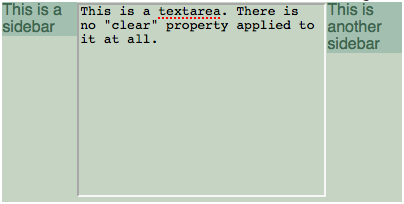I released maphilight 1.3 just now. (Though really I consider github the more authoritative source.)
So, IE9 broke maphilight because it was finally exposing the has_canvas codepath to IE. Turns out all the canvas stuff worked beautifully, but one call to setTimeout was relying on a non-IE feature. So that’s fixed!
Also changed since the 1.2 release (one year ago, gosh):
- New option groupBy lets you bundle several areas together
- New option wrapClass lets you set a classname for the wrapper div created to hold the canvas elements used by maphilight. If it’s set to
trueit’ll use the classname from the image. - .data(‘maphilight’) is checked for areas, as well as the metadata plugin. With jQuery > 1.4.3 this means that you can use JSON in an HTML5 data- attribute to pass this in. See the API docs for details.
- Performance on image maps containing a lot of areas was terrible because I was stupid about where I triggered an event.
- Opera compatibility was harmed by jQuery bug #6708 (fixed in 1.6), so work around that.
Feel free to submit issues / pull requests on the github project.


